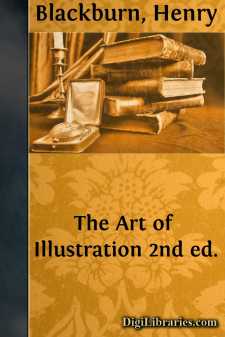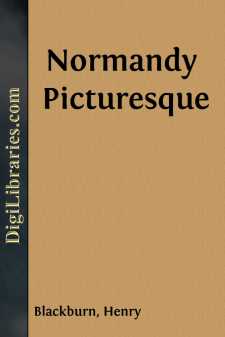Categories
- Antiques & Collectibles 13
- Architecture 36
- Art 48
- Bibles 22
- Biography & Autobiography 813
- Body, Mind & Spirit 142
- Business & Economics 28
- Children's Books 15
- Children's Fiction 12
- Computers 4
- Cooking 94
- Crafts & Hobbies 4
- Drama 346
- Education 46
- Family & Relationships 57
- Fiction 11828
- Games 19
- Gardening 17
- Health & Fitness 34
- History 1377
- House & Home 1
- Humor 147
- Juvenile Fiction 1873
- Juvenile Nonfiction 202
- Language Arts & Disciplines 88
- Law 16
- Literary Collections 686
- Literary Criticism 179
- Mathematics 13
- Medical 41
- Music 40
- Nature 179
- Non-Classifiable 1768
- Performing Arts 7
- Periodicals 1453
- Philosophy 64
- Photography 2
- Poetry 896
- Political Science 203
- Psychology 42
- Reference 154
- Religion 513
- Science 126
- Self-Help 84
- Social Science 81
- Sports & Recreation 34
- Study Aids 3
- Technology & Engineering 59
- Transportation 23
- Travel 463
- True Crime 29
The Art of Illustration 2nd ed.
by: Henry Blackburn
Description:
Excerpt
PREFACE.
HE object of this book is to explain the modern systems of Book and Newspaper Illustration, and especially the methods of drawing for what is commonly called “process,” on which so many artists are now engaged.
There is almost a revolution in illustration at the present time, and both old and young—teachers and scholars—are in want of a handbook for reference when turning to the new methods. The illustrator of to-day is called upon suddenly to take the place of the wood engraver in interpreting tone into line, and requires practical information which this book is intended to supply.
The most important branch of illustration treated of is line drawing, as it is practically out of reach of competition by the photographer, and is, moreover, the kind of drawing most easily reproduced and printed at the type press; but wash drawing, drawing upon grained papers, and the modern appliances for reproduction, are all treated of.
The best instructors in drawing for process are, after all, the painters of pictures who know so well how to express themselves in black and white, and to whom I owe many obligations. There is a wide distinction between their treatment of “illustration” and the so-called “pen-and-ink” artist.
The “genius” who strikes out a wonderful path of his own, whose scratches and splashes appear in so many books and newspapers, is of the “butterfly” order of being—a creation, so to speak, of the processes, and is not to be emulated or imitated. There is no reason but custom why, in drawing for process, a man’s coat should be made to look like straw, or the background (if there be a background) have the appearance of fireworks. No ability on the part of the illustrator will make these things tolerable in the near future. There is a reaction already, and signs of a better and more sober treatment of illustration, which only requires a better understanding of the requirements and limitations of the processes, to make it equal to some of the best work of the past.
The modern illustrator has much to learn—more than he imagines—in drawing for the processes. A study of examples by masters of line drawing—such as Holbein, Menzell, Fortuny or Sandys—or of the best work of the etchers, will not tell the student of to-day exactly what he requires to know; for they are nearly all misleading as to the principles upon which modern process work is based.
In painting we learn everything from the past—everything that it is best to know. In engraving also, we learn from the past the best way to interpret colour into line, but in drawing for the processes there is practically no “past” to refer to; at the same time the advance of the photographer into the domain of illustration renders it of vital importance to artists to put forth their best work in black and white, and it throws great responsibility upon art teachers to give a good groundwork of education to the illustrator of the future. In all this, education—general education—will take a wider part....



